A rock garden is defined as an outcropping of rocks into which a careful selection of low-growing perennials, annuals, bulbs and shrubs are nestled. Installing a rock garden is not an easy proposition, so you might want to read about it or take a class beforehand. Or, you can observe natural rocky terrains and man-made rock gardens like those at the Denver Botanic gardens. In the meantime, there are some guidelines you can think about.
Rock gardens are a good choice for sloping sites because the angle of the slope emulates the mountainous regions, and many plants traditionally used in rock gardens originate in these regions (Images 1-2).
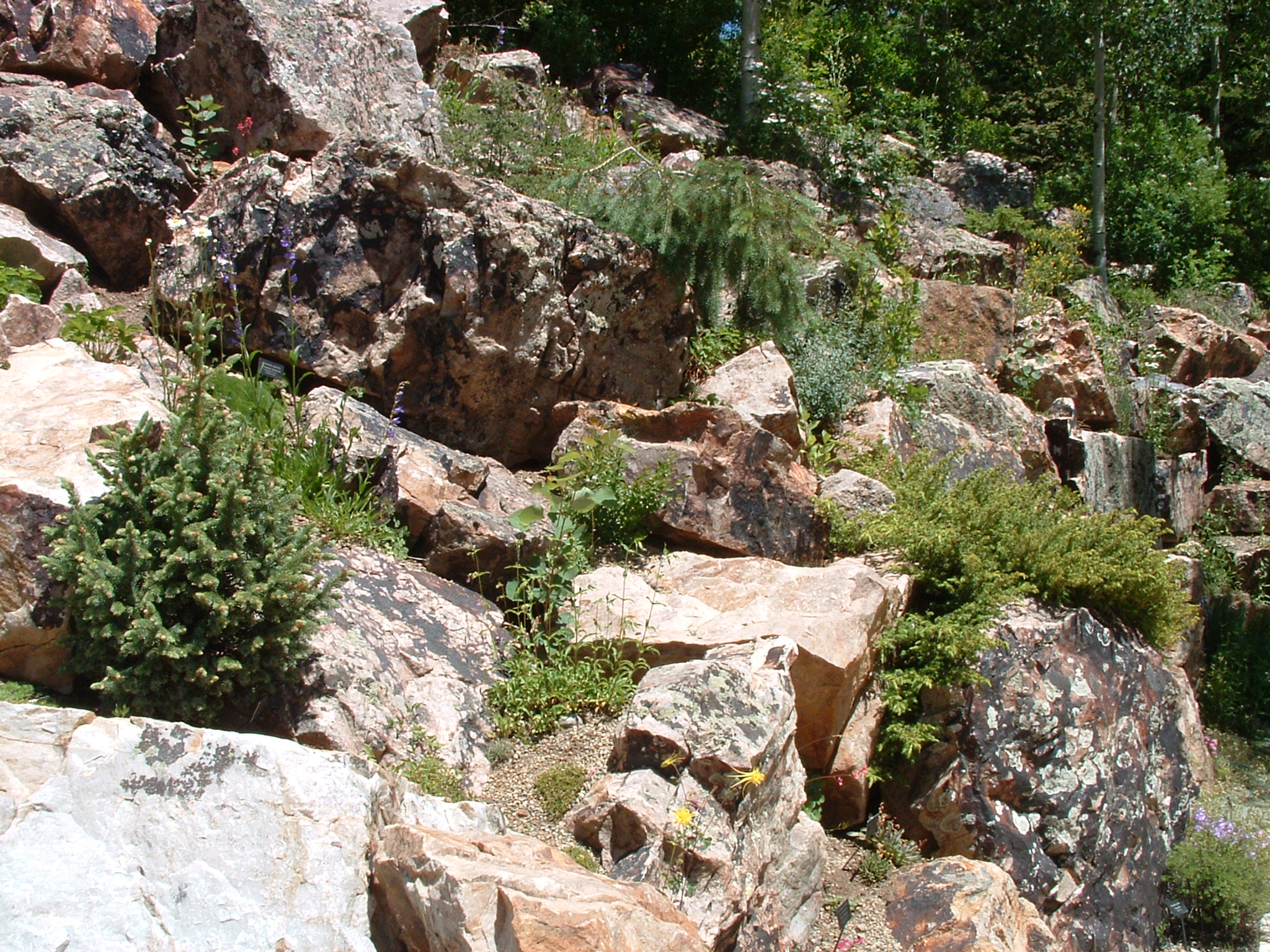

You also can construct a rock garden on level ground in an area that receives ample sunlight (Images 3-4). Any turf you remove can be used as a handy base to elevate the grade, but add plenty of coarse stones to provide a well-drained base on which to place a sandy soil mix and the featured rocks.
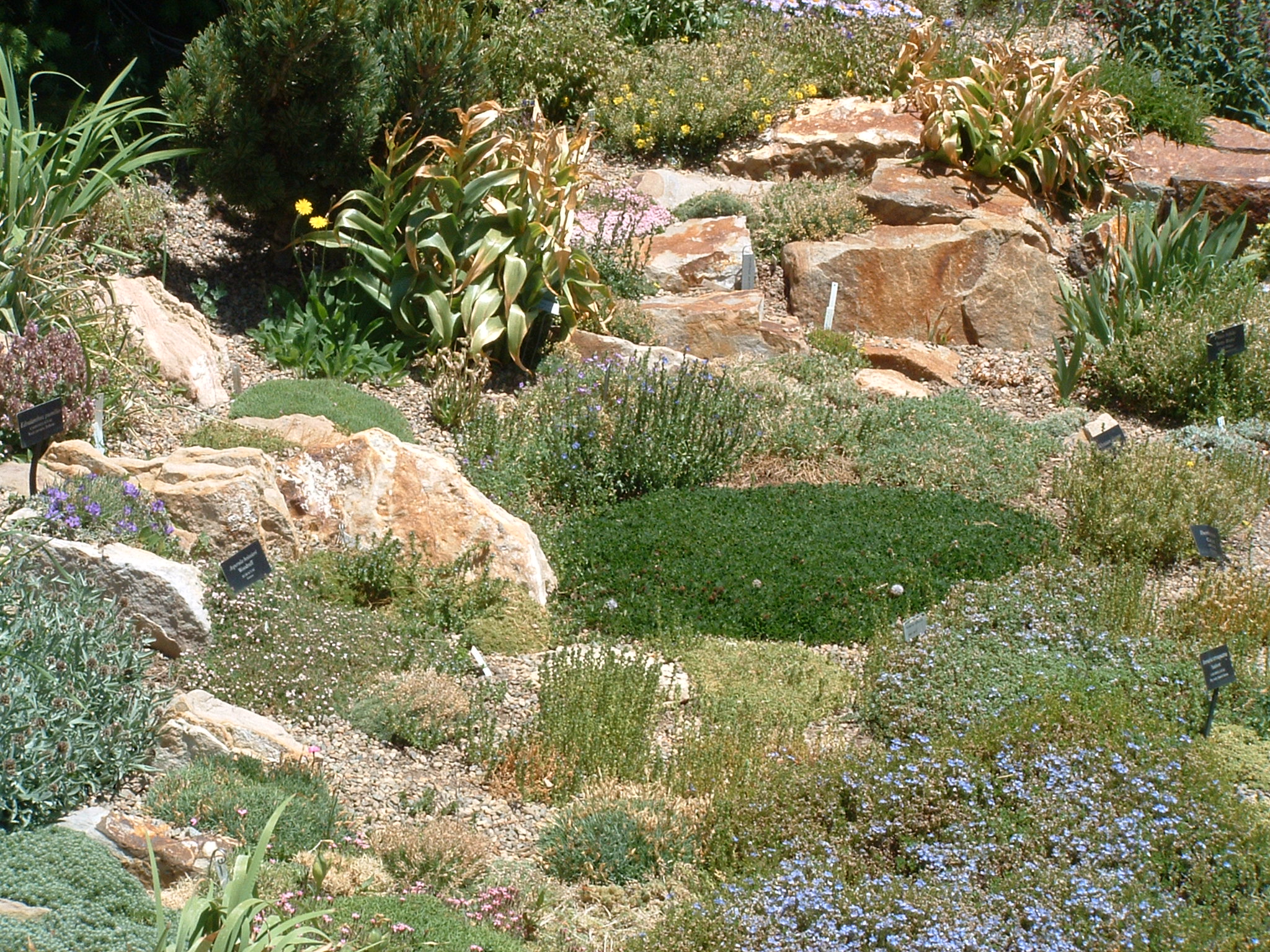
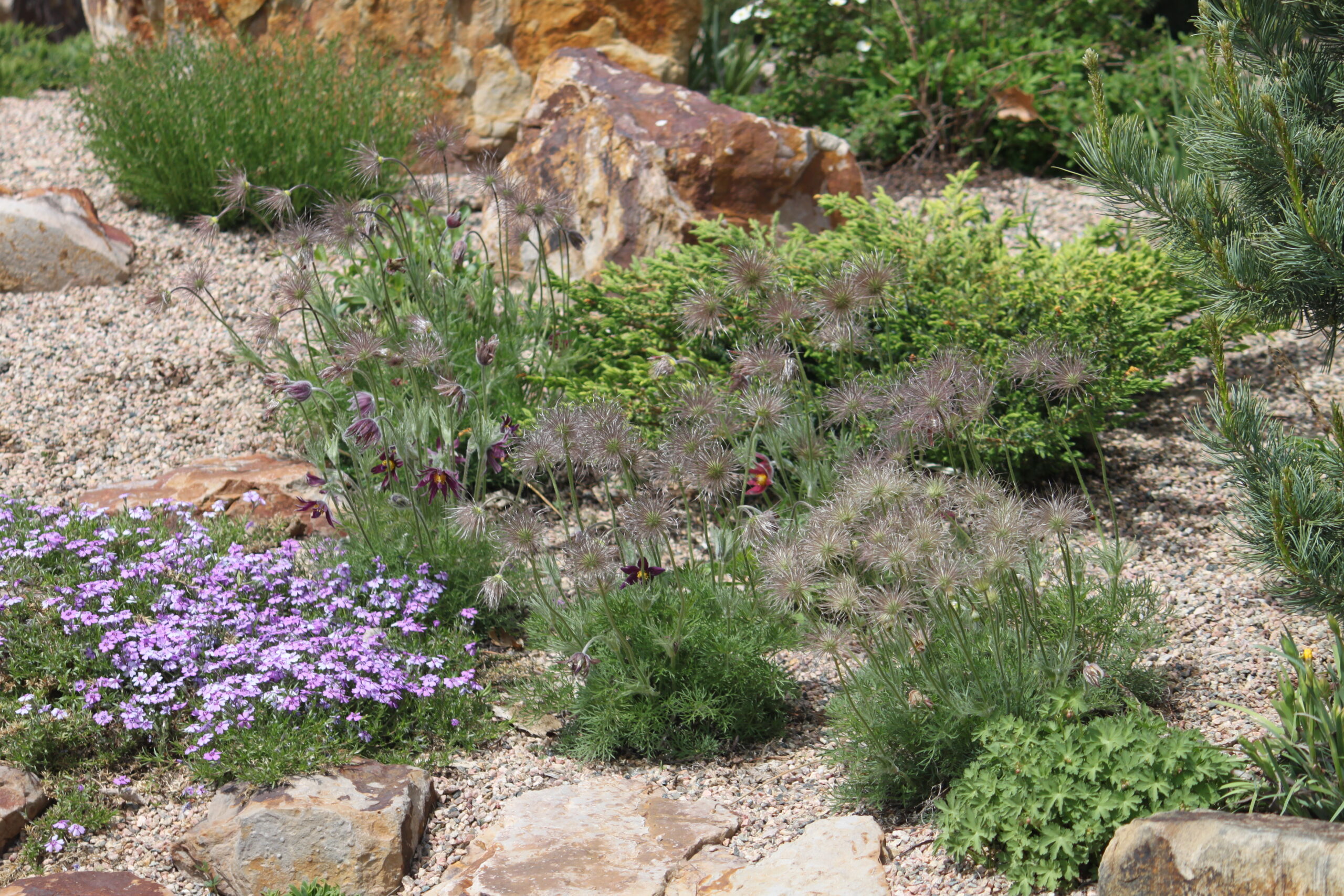
Consult the landscape section of the yellow pages to identify sources for retail landscape rock. Select rocks of the same type, but different sizes.
Generally speaking, it’s best to place the largest rocks within the soil base towards the bottom of the slope (Images 5-6). Arrange smaller ones to give the impression that they have tumbled down. Place all rocks on their broadest side and bury them at least half-way into the finished grade.
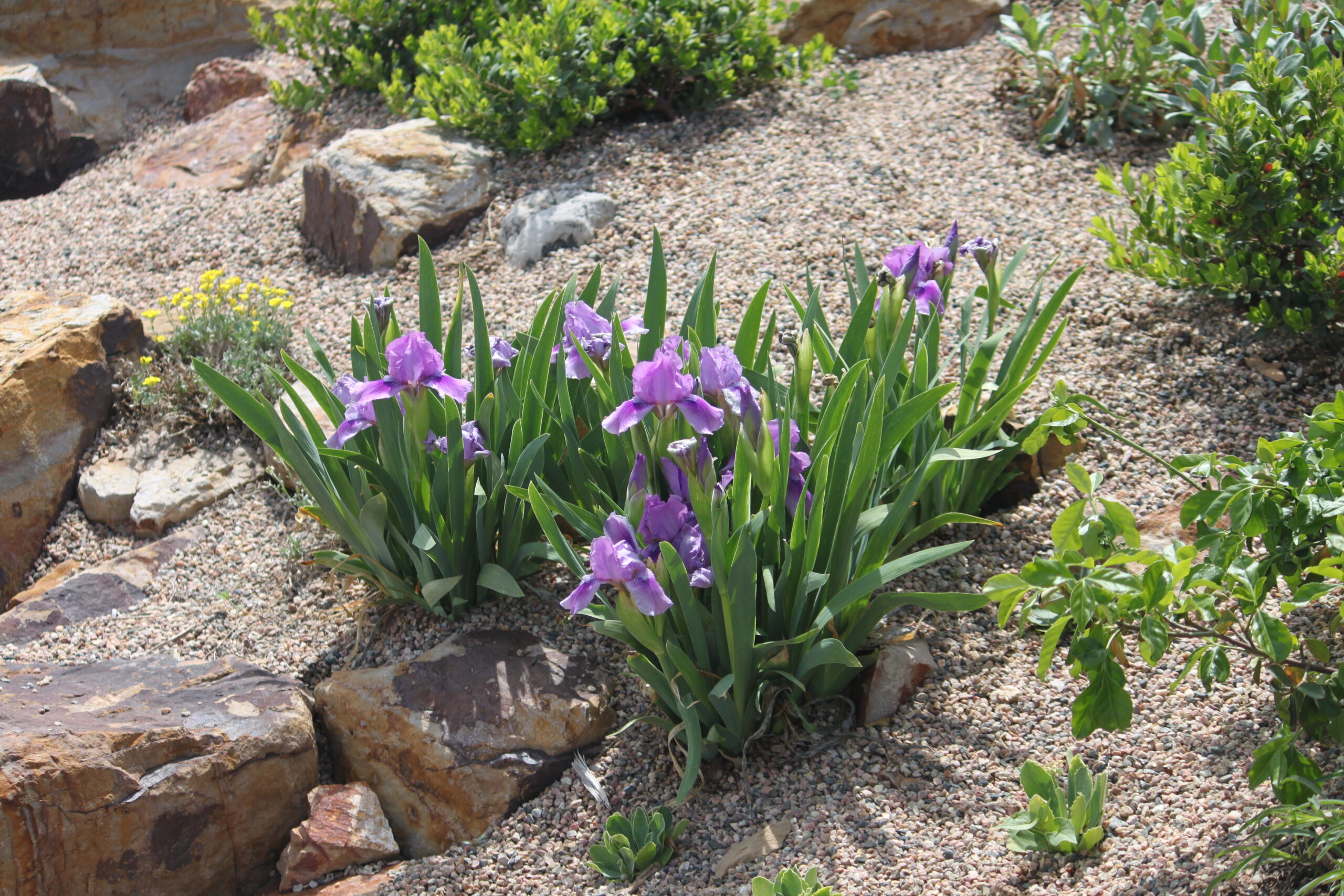
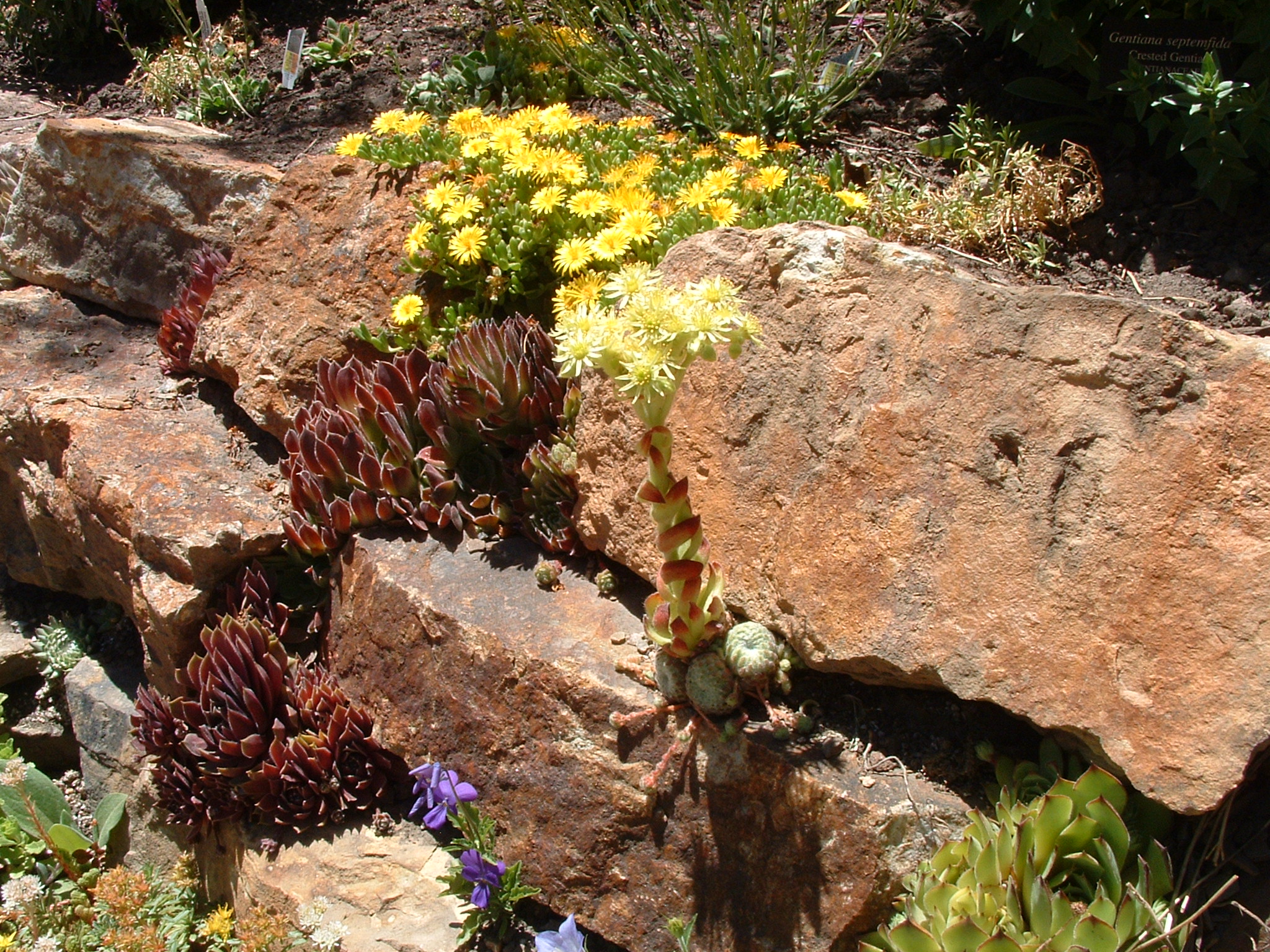
Although installing a rock garden is a challenging task, it’s also fun, especially when it’s time to plant. The rocks provide many different niches into which carefully selected plants can grow. Large garden centers
and nurseries have a special section of rock garden plants to aid you in your decision.
For “Perennials: For the Rock Garden” refer to message number 1016.
For more information, see the following Colorado State University Extension fact sheet(s).



